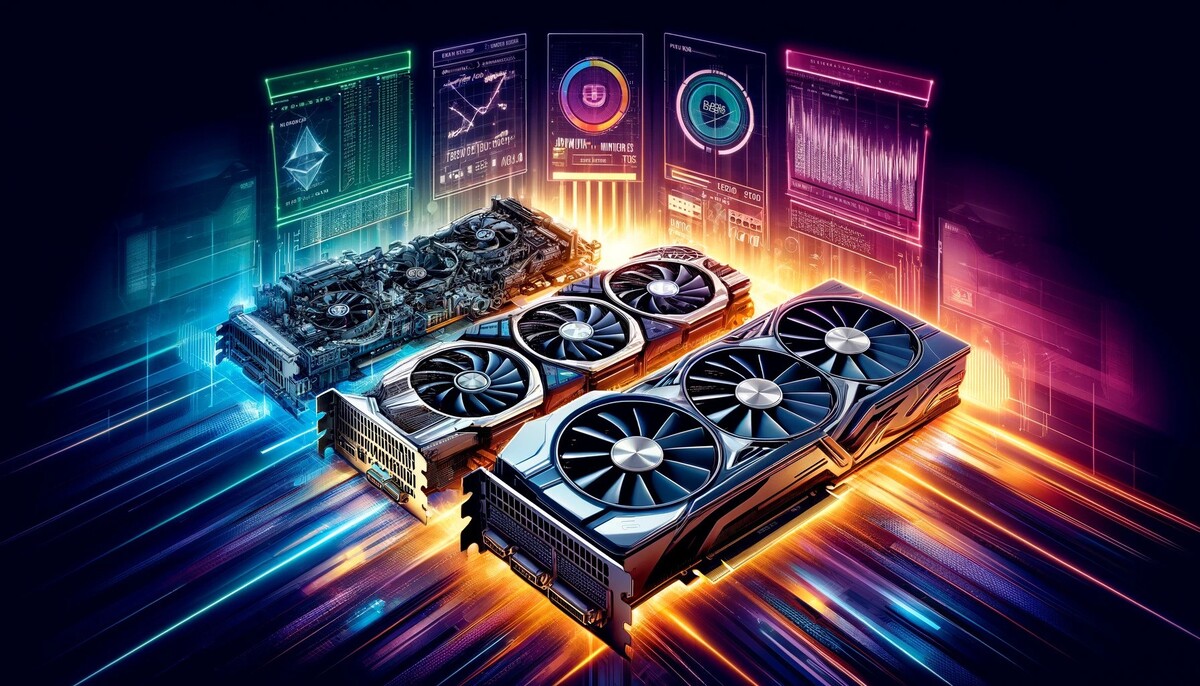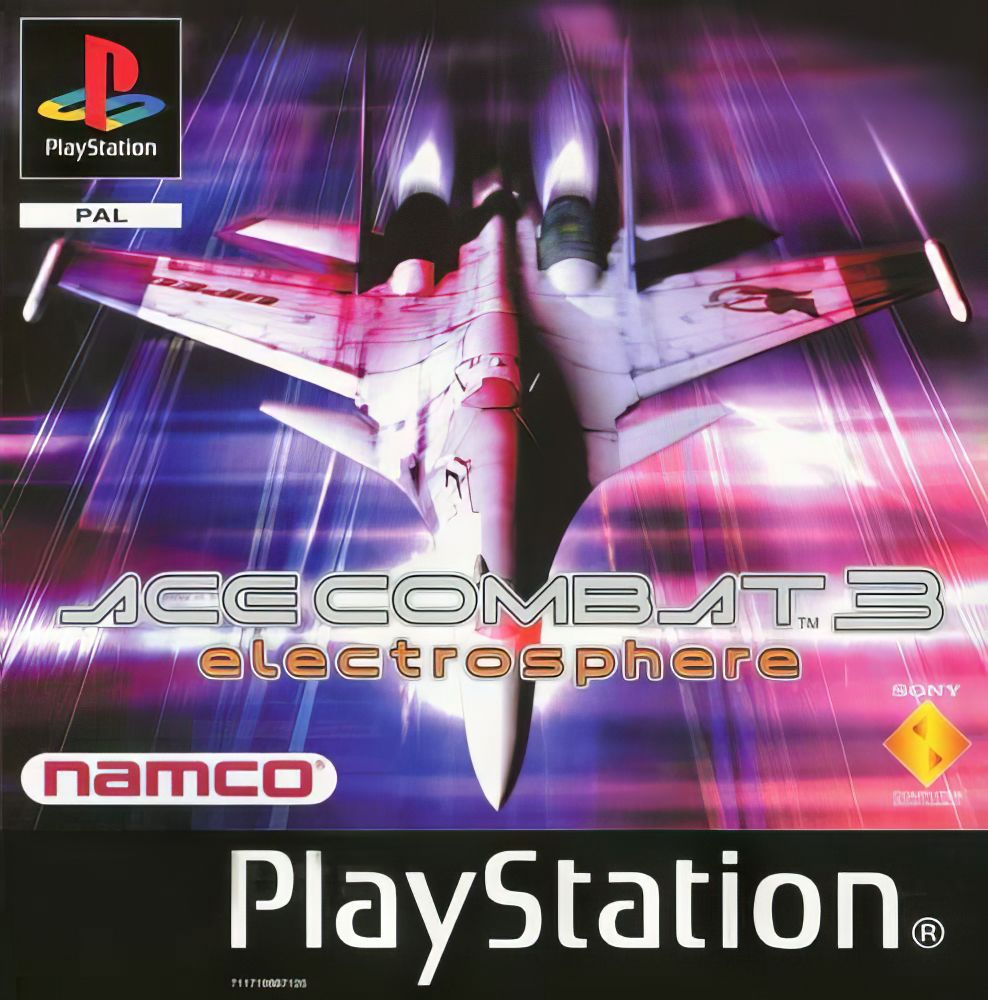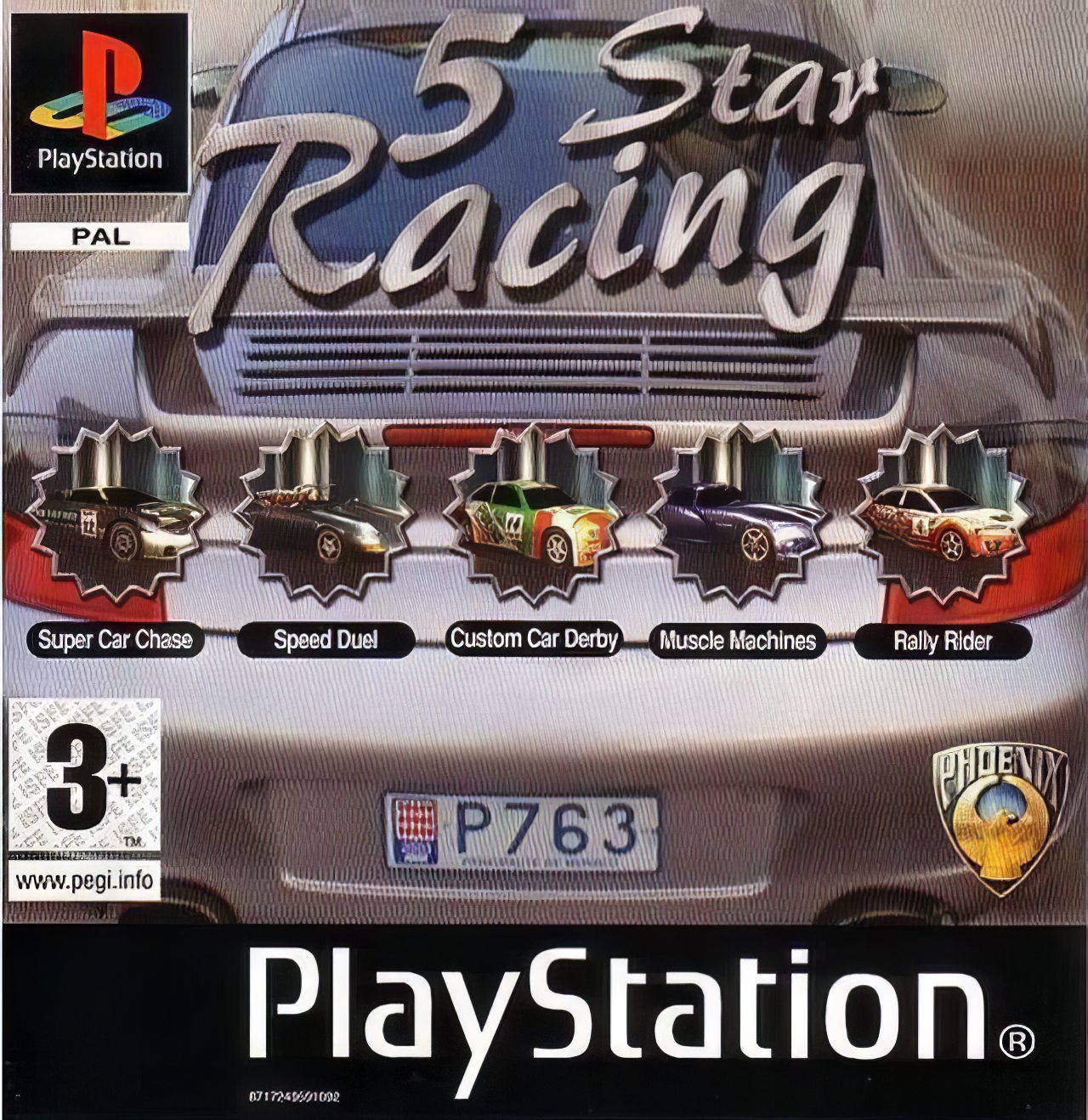Ultimate GPU Comparison: Balancing Performance, Cost, and Energy Efficiency
Selecting the right GPU involves more than just examining raw performance data; cost and energy efficiency also play crucial roles. This comparison assesses four GPUs — the ASRock Intel ARC A770, Nvidia 4060 OC, Radeon RX 580, and Radeon RX 5700 XT — based on a comprehensive scoring system that includes real-world testing, mining efficiency, cost, and notably, power consumption.
Evaluation Metrics
Our scoring system uses the following criteria, with an added emphasis on energy efficiency:
- Topaz Test Performance (50%): Evaluates video processing capabilities.
- Ethereum Hash Rate (25%): Measures mining efficiency.
- Price (10%): Cost effectiveness.
- OBS Hardware Encoding Capabilities (5%): Important for streaming and recording.
- 2D Graphics Performance (5%) and 3D Graphics Performance (5%): Overall graphics rendering performance.
- Energy Efficiency: Deducts 0.05 points for each watt of power consumption over 130 watts.
Individual GPU Performance
ASRock Intel ARC A770
- Price: €380
- Topaz Test: 6.75 FPS
- Ethereum Hash Rate: 50.3 MH/s
- Power Consumption: 173 Watts
- 2D Graphics Mark: 530.3
- 3D Graphics Mark: 7995.2
- OBS Encoding: Supports H264 and AV1
- Adjusted Score: 7.54/10
Leading the pack, the ASRock Intel ARC A770 delivers exceptional performance in both Topaz Test and Ethereum mining, justifying its higher price and power consumption. It’s an ideal choice for users who need top-tier video processing and mining capabilities.
Nvidia 4060 OC
- Price: €350
- Topaz Test: 0.88 FPS
- Ethereum Hash Rate: 30.7 MH/s
- Power Consumption: 150 Watts
- 2D Graphics Mark: 499.5
- 3D Graphics Mark: 13333.6
- OBS Encoding: NVENC only
- Adjusted Score: 3.38/10
The Nvidia 4060 OC ranks second, thanks to its superior 3D graphics performance, making it suitable for gamers and professionals who prioritize visual quality. It also boasts moderate power efficiency, which mitigates its slightly lower performance in video processing.
Radeon RX 580
- Price: €150
- Topaz Test: 1.97 FPS
- Ethereum Hash Rate: 12 MH/s
- Power Consumption: 185 Watts
- 2D Graphics Mark: 235.8
- 3D Graphics Mark: 6367.4
- OBS Encoding: AMD H264
- Adjusted Score: 2.50/10
Offering the best price among the lineup, the Radeon RX 580 is a great option for budget-conscious users or those with moderate performance needs. It strikes a balance between affordability and decent performance, despite its higher power usage.
Radeon RX 5700 XT
- Price: €300
- Topaz Test: 0.96 FPS
- Ethereum Hash Rate: 40 MH/s
- Power Consumption: 225 Watts
- 2D Graphics Mark: 678.4
- 3D Graphics Mark: 11015.2
- OBS Encoding: AMD H264
- Adjusted Score: 0.38/10
Despite its solid initial performance, the Radeon RX 5700 XT’s high power consumption significantly impacts its overall value, placing it last in this comparison. It may still be suitable for users who prioritize better mining and gaming performance over power efficiency.
This detailed analysis illustrates the importance of balancing performance with cost and sustainability when choosing a GPU. The ASRock Intel ARC A770 emerges as the standout option, providing robust performance that justifies its energy consumption. Meanwhile, the Nvidia 4060 OC and Radeon RX 580 offer viable alternatives with varying strengths, depending on users’ specific needs and budget constraints. Each GPU’s score and ranking highlight different aspects crucial for an informed purchase decision, ensuring users can find a GPU that aligns with their performance and energy efficiency goals.
Topaz Test Data
The Topaz Test is a critical benchmarking tool used to evaluate the video processing capabilities of GPUs, particularly their performance in handling high-resolution video enhancement tasks. This test utilizes the Topaz Labs software suite, which is widely recognized for its advanced video enhancement features, such as upscaling, noise reduction, and artifact removal. For the GPUs assessed, the Topaz Test parameters were set to:
- Quality: Medium, ensuring a balance between processing speed and output quality.
- Type: Progressive, which is suited for processing video frames one by one.
- Artifact: High Compression, which tests the GPU’s ability to handle heavily compressed video data effectively.
- Engine: Artemis Medium Quality, which uses Topaz Labs’ Artemis algorithm designed to enhance video quality without compromising naturalness.
- Output Size: 4K, pushing the GPUs to process and enhance videos to a high-definition resolution.
- Version Topaz 2.6.4
These settings provide a comprehensive assessment of each GPU’s ability to perform complex video processing tasks, making the Topaz Test a reliable measure of performance in real-world scenarios that require intensive video rendering and editing.
Other Test Data
2D and 3D scores were measured using Performance Test 9. And Power consumption was measured using an in wall watt meter.




